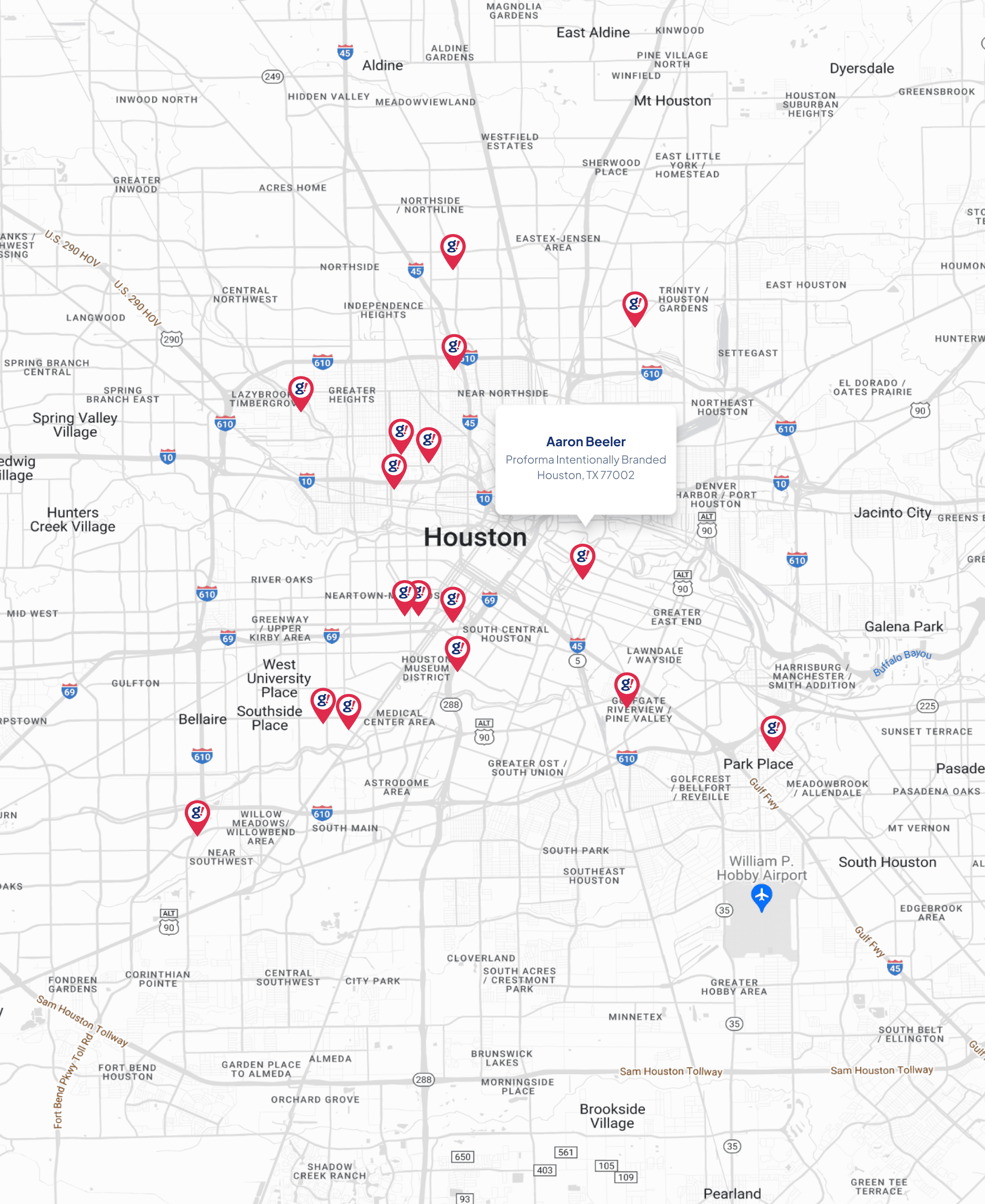How You Can Improve Internet Latency and Improve Application Performance
- Updated on: 2018-12-10
- Read original article here

Americans spend over 2 hours on their phone per day. Apps take up the majority of this time.
If you're not developing a new app you're losing out. Apps provide your company with a place to market directly to your customers and help you build your business' brand recognition.
Not just any app will do. A bad app will do more damage to your companies reputation than no app at all.
Your app needs to be sleek, well designed, and most importantly it needs to be fast. How do you ensure that your app is fast enough to handle a large influx of new users and new features?
If these are questions you've found yourself asking fear not. We've created the ultimate guide on how to improve internet latency for your application.
Since we want to explain how internet latency will improve your app we're going to go in depth about what internet latency is and how it increases your app speed.
Internet latency refers to the time information takes to travel between its destination and its source. In layman's terms, how long does your app take to respond to a user request?
When your application's latency is poor your users become unable to apply optimal settings leading to an unpleasant user experience and damage to your reputation.
Generally, improving latency boils down to organizing the flow of information to the servers and speeding up its response time. It also requires care in the app's construction and architecture.
Luckily there are ways to discover more about upgrading app infrastructure and internet latency. We'll go over some ways below.
If you look up "how to Improve Internet Latency?" the first answer you'll get is to add a load balancer. Load balancers improve performance by spreading the workload over several computing resources.
When building an app, using a load balancer allows you to improve server response time. They allow you to spread the work among multiple servers rather than using one.
Load balancers are a reverse proxy server. They regulate internet traffic and send information to different servers by using an algorithm that breaks up the requests between servers. If you want to know how to increase load sizes add a load balancer.
Another benefit is even if the app has issues with scaling or is badly written, the load balancers will increase the speed with no other adjustments.
One of the most common problems causing apps to slow down is not computer speed but shifting between multiple tasks.
When your web app is trying to handle hundreds of user interactions retrieving files and running code all at once, your server may be overworked. This leads to problems like the server running low on memory causing simple tasks to take much longer.
The way to solve this problem is to transfer all this data by using a reverse proxy server. The reverse proxy server is located in front of the machine and deals with all the requests which were sent to the server.
Think of reverse proxy servers as a traffic officer who regulates where the data can go to preventing it from all piling up in one place and overloading the server. This allows you to offload requests to servers that are less busy, making loading data from the server much faster.
Using a reverse proxy server also provides your web server system with versatility. You can effortlessly add another server if one of your servers becomes overburdened. And you can quickly replace a server once it goes down.
Reverse proxies are incredibly powerful and provide a basis for many other methods of improving internet latency including caching files that are dynamic and static.
What if instead of just managing the data your server receives to increase speed you could improve latency before your server even gets requests for information?
The process of caching allows you to deliver information quickly by doing the work early.
There are numerous methods of doing this by preprocessing information so it's available when required. Saving content in your servers so it loads faster once your clients use your app. And accumulating data near the client so they have quicker access to it.
You can also blend any of these methods together.
If you want to use caching there are two categories you need to know about. The first is for dynamic content and the next is for static content.
Dynamic content caching allows you to work with the way web applications produce HTML pages. Usually, apps create a new HTML for every requested webpage. Alternatively, caching makes a duplicate of the HTML, decreasing the amount of time necessary to load pages.
This also allows you to cut back on the number of pages you have to produce while still providing your users with updated content.
Static content caching is for data which rarely changes like coding files and picture files (think gifs and jpegs). The information is saved on the edge server so it can quickly get recovered from the computer's memory.
If you don't know what's going on, you can't fix it. When you want your application to perform well you need to observe it as your users interact with it.
Your tracking should focus on problems like:
Thankfully, there are things like Dynatrace which allow you to remotely observe how long pages take to load. It also notifies you of which changes are working and which ones aren't. They also run health checks letting you see issues before they become problems for users.
Why Linux? The vast majority of servers run on this operating system.
Here are some good places to start when tuning Linux to improve your app speed:
Making any or all of these modifications will improve the speed of Linux and then the speed of your app.
When it comes to developing an app newer software helps you build better. You should choose software components based on its history of reliable performance.
Newer versions of software often offer security updates and fixes to common bugs. By using newer software, you expand your user base because new updates often receive the most attention from clients and app developers.
One major drawback is cost. It's tempting to save a couple hundred or thousand dollars by using an older edition of software but remember - if you do, your app quality will suffer.
This technique to improve internet latency is everywhere, from MP3s and Jpegs to compressing data, is one of the most common ways to improve internet latency. Since compression can decrease the size of a file by several orders of magnitude it has the ability to increase performance.
Almost all data you interact has been compressed in some form. Why not use this to your app's advantage?
The best place to start with compression is text-based data. This encompasses text written in programming languages like Javascript, Python, HTML, and CSS. This is because text-based data is spread uncompressed.
Compressing data can have an enormous effect on how well the app performs mainly for users who have limited mobile data.
This is the most helpful method if you're using SSL. Compressing the data minimizes the quantity that has to be SSL-encoded, decreasing the central processing unit time it takes to compress the information.
For all the advantages data compression has, it has a major disadvantage loss of quality. To illustrate, compressing an image can compromise its quality in ways that aren't fixable.
Now that you know how to improve internet latency in your application, you're halfway to building an amazing brand reputation.
If you want more information about how to raise your companies SEO ranking, check out our blog!


